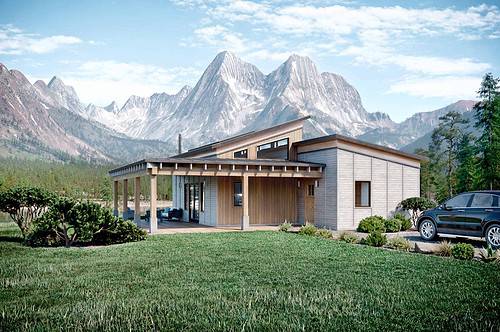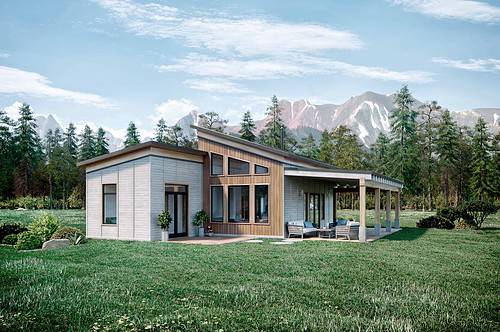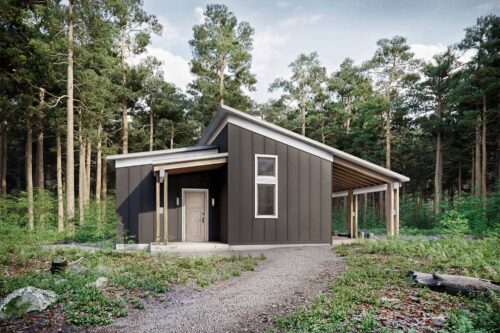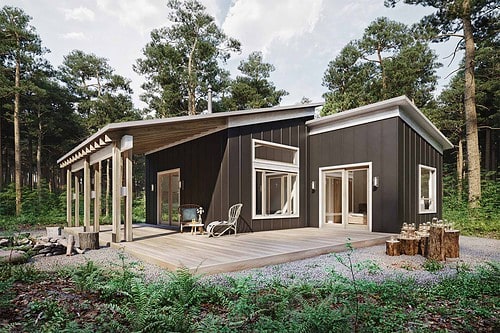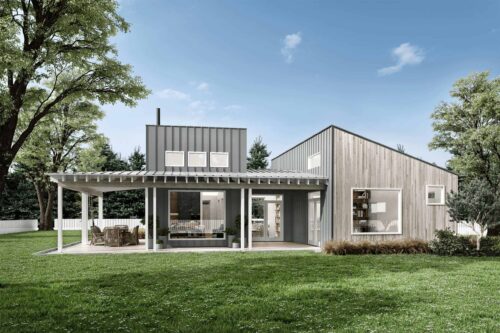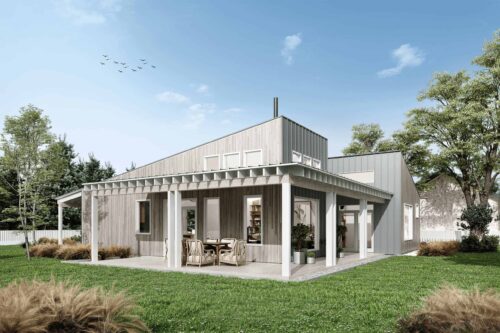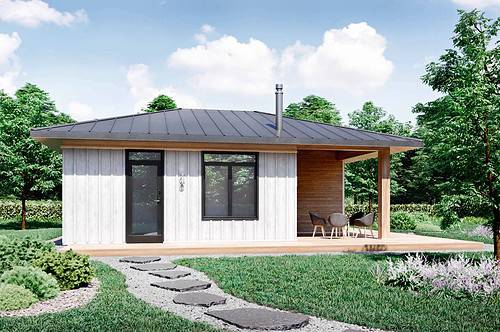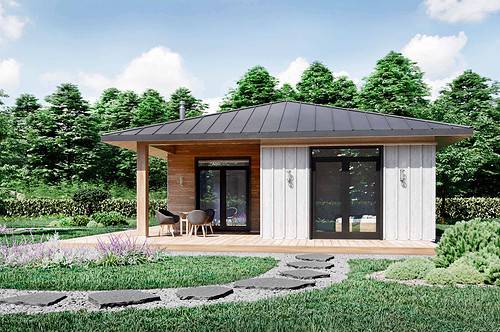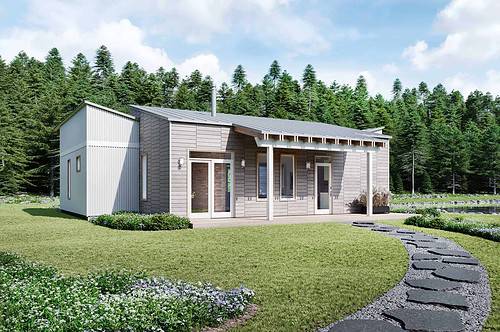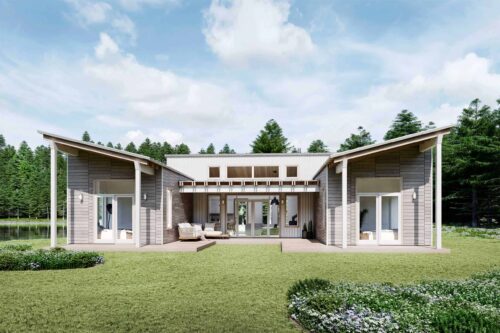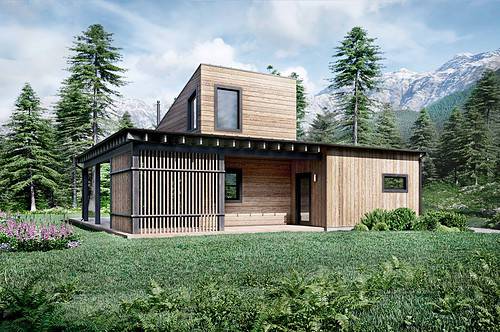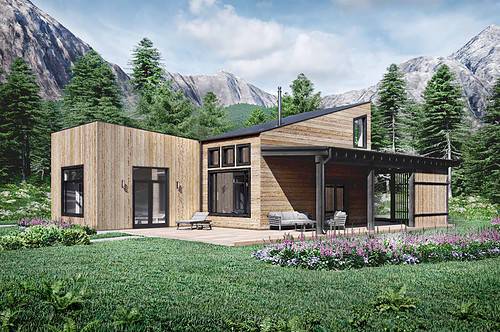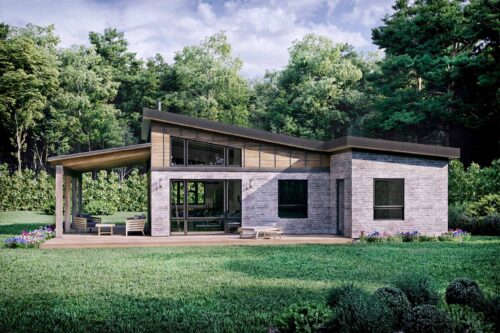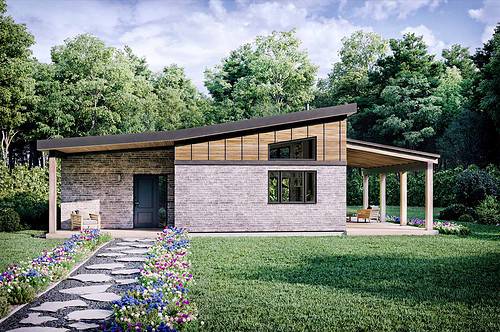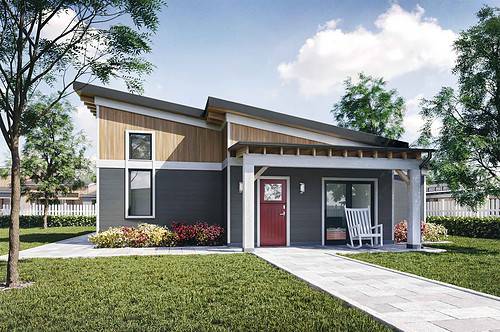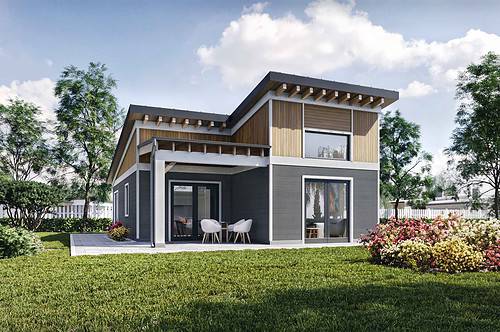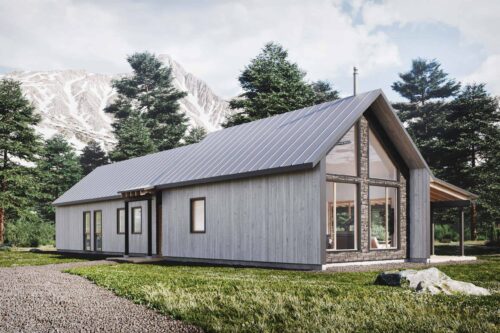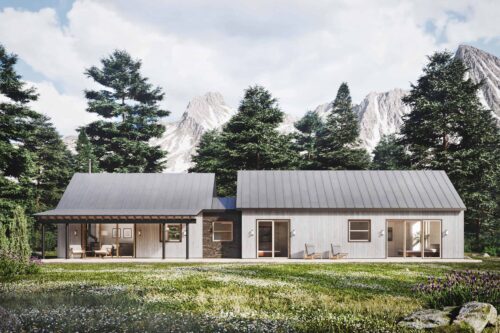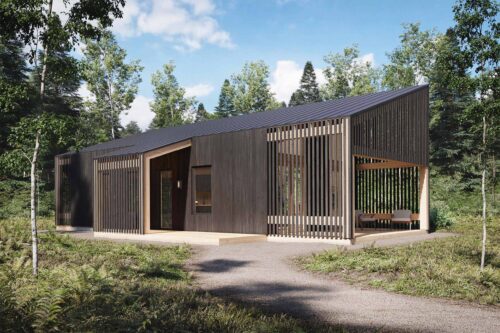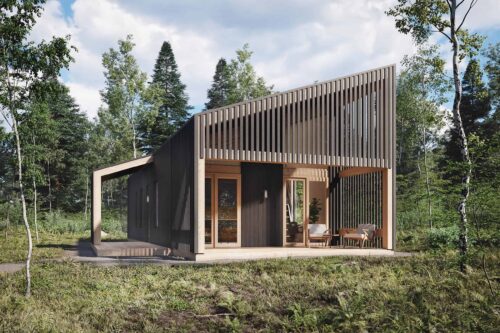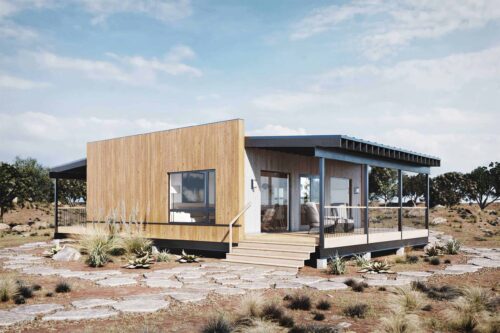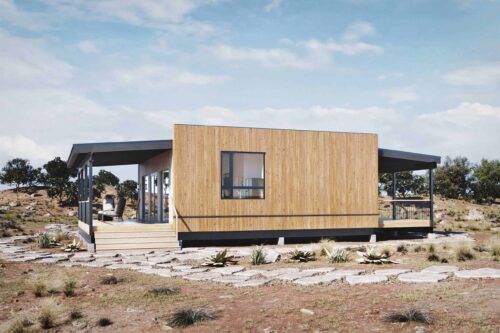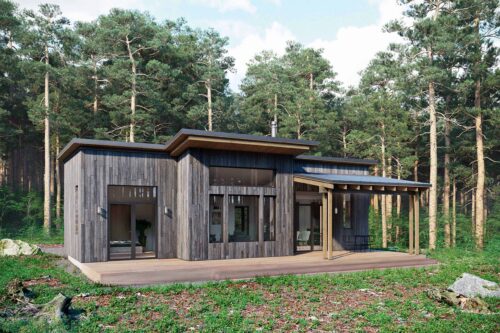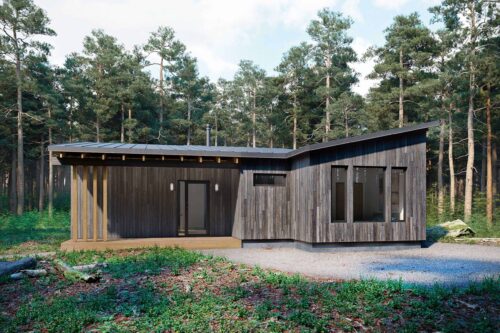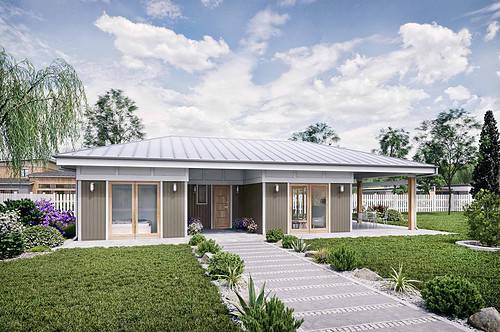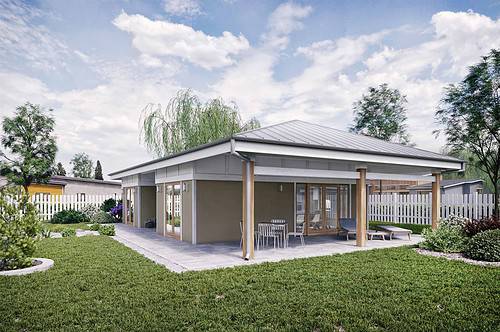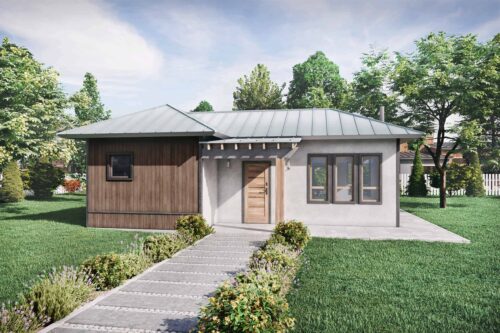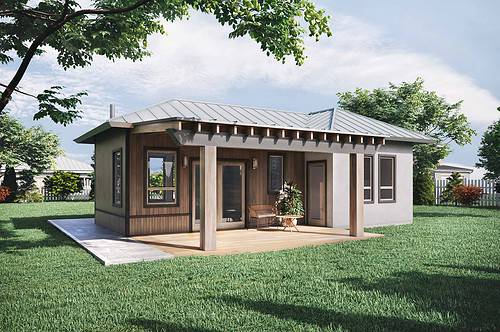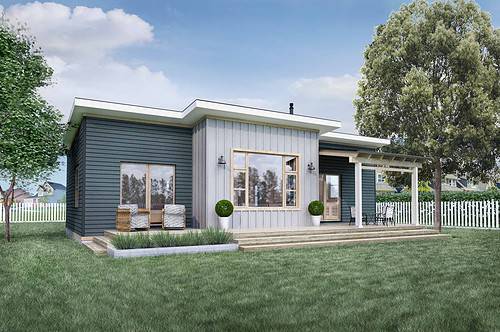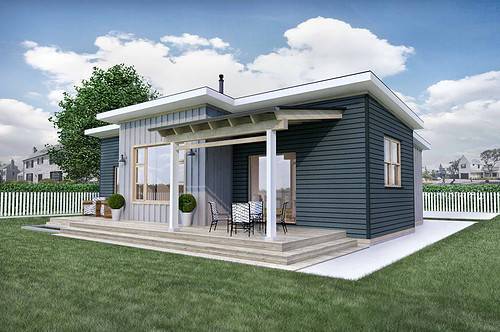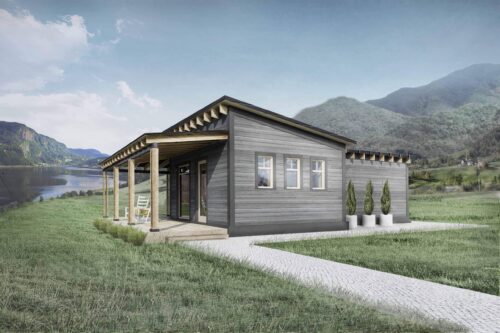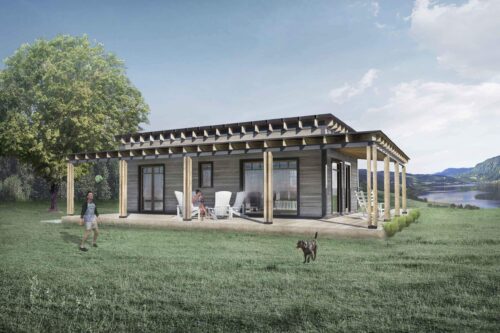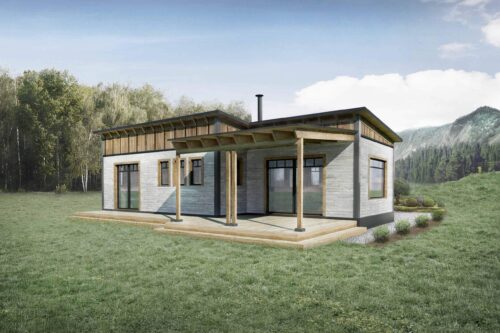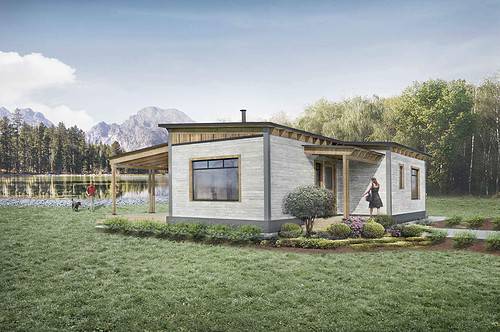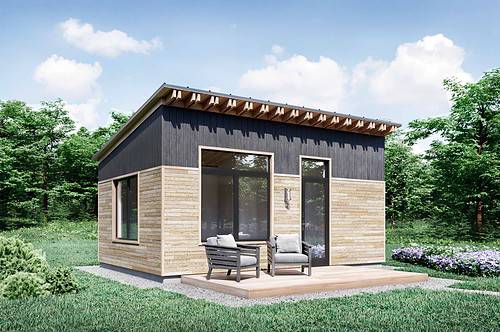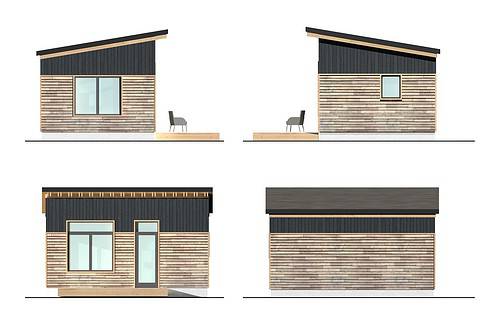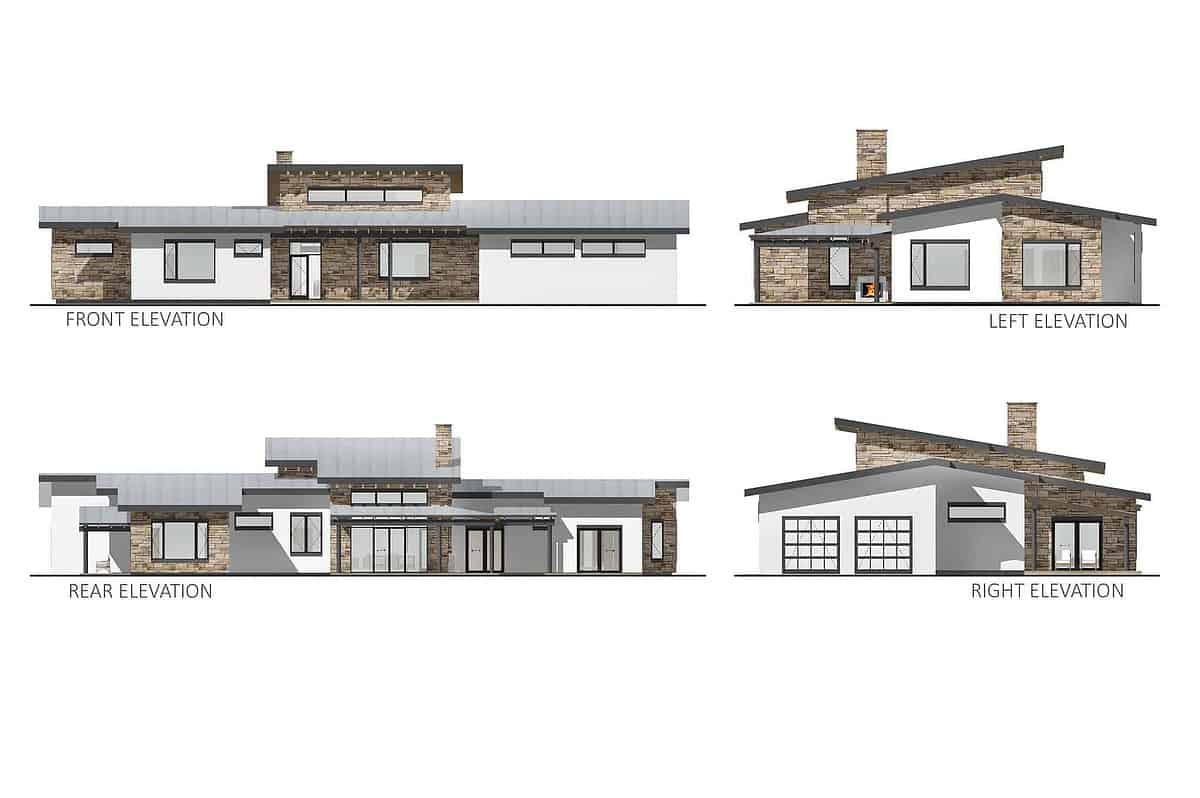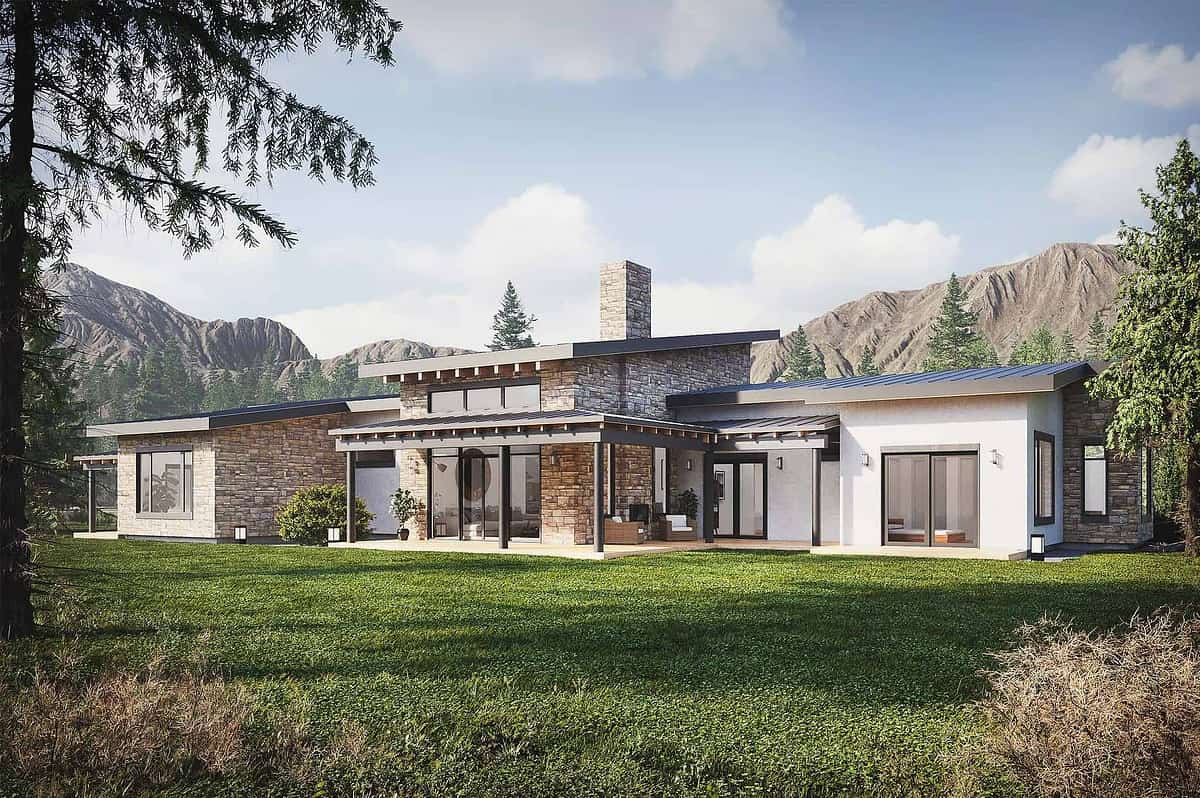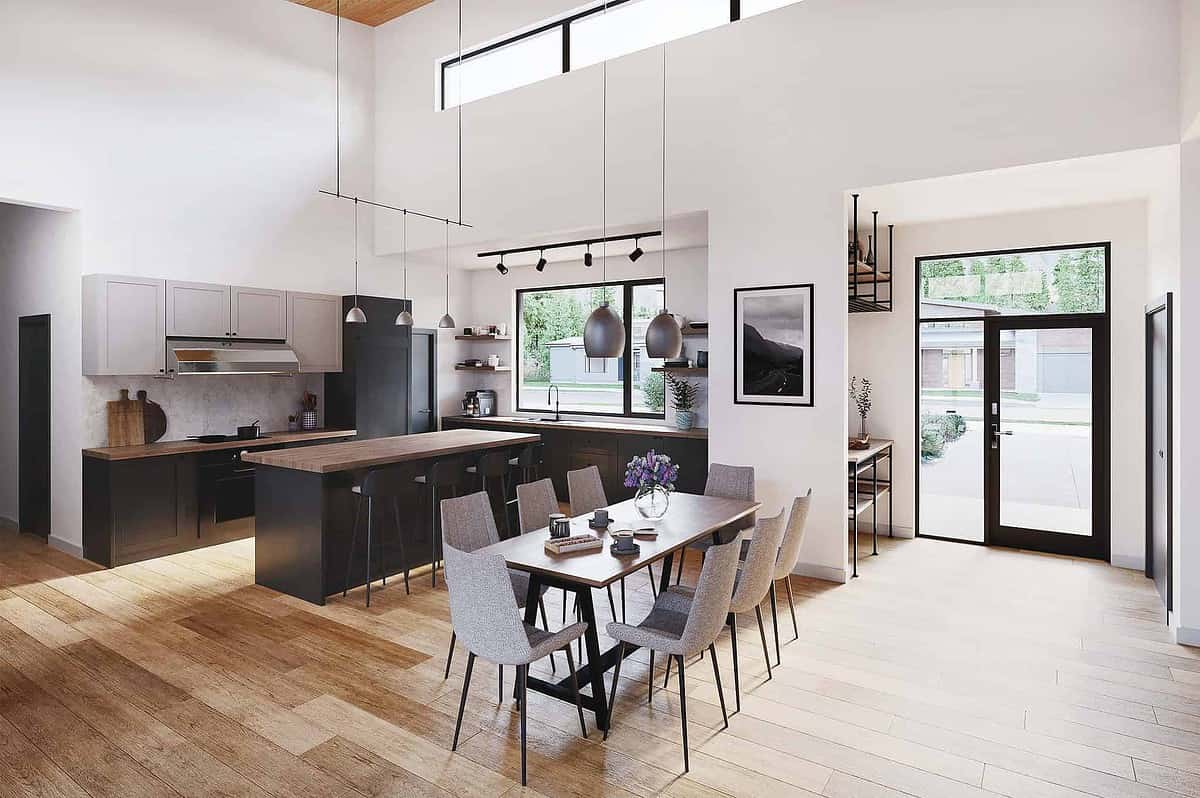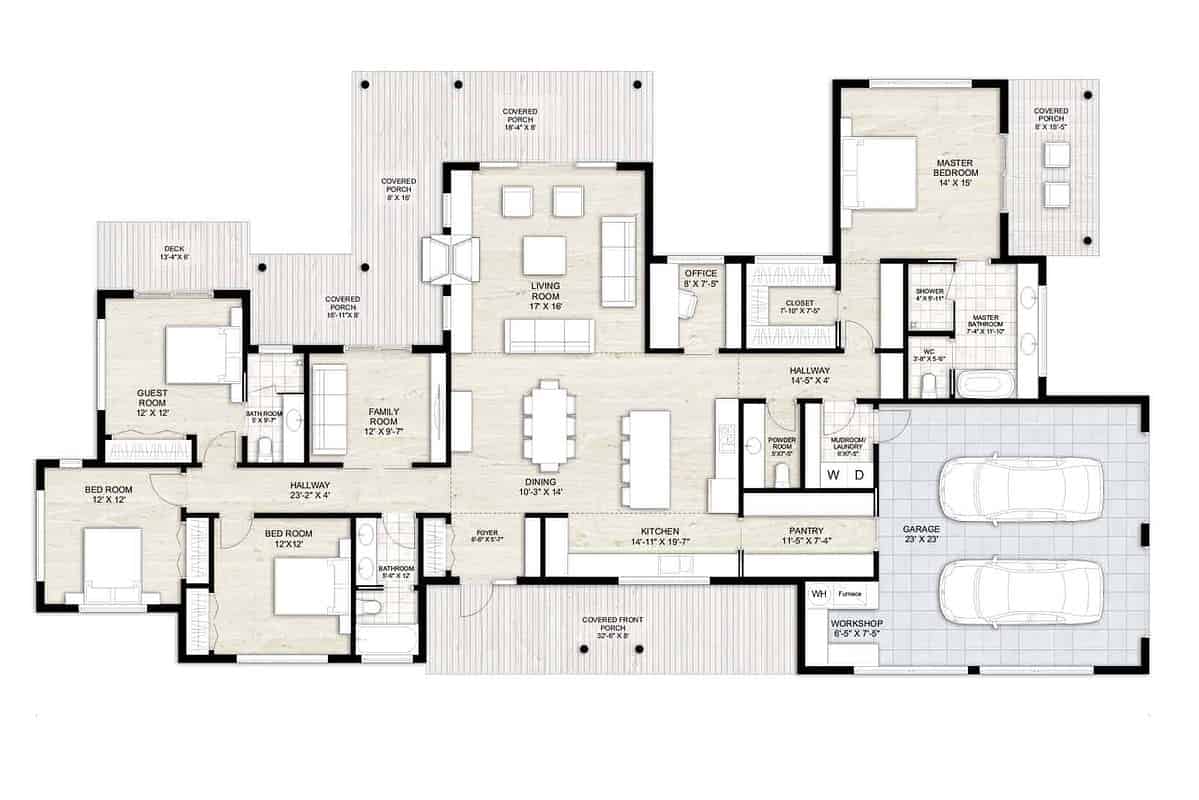No products in the cart.
Benefits of Adobe Architecture
Adobe house plans are known for some specific benefits which is what has made it a desirable plan for some modern homeowners. We will now discuss these advantages that adobe homes offer. Some of these include energy efficiency, durability, soundproofing, cost-effectiveness, and low maintenance.
Energy Efficiency
One of the biggest benefits of an adobe house plan is its energy efficiency. Adobe walls are thick and provide excellent insulation, keeping the interior cool in the summer and warm in the winter. In addition, the thermal mass of adobe walls helps to regulate temperature fluctuations, reducing the need for heating and cooling systems. This can significantly reduce energy costs, making adobe homes an environmentally friendly choice.
Durability
Adobe homes are known for their durability, with some structures still standing after centuries of use. The use of natural materials such as mud, straw, and clay makes adobe walls strong and resistant to wear and tear. These walls are also resistant to pests such as termites and rodents, which can damage wood-framed structures.
Soundproofing
The walls of an adobe house are excellent at soundproofing, making them ideal for homes located near busy streets or noisy neighbors. The thickness of the walls absorbs and diffuses sound waves, reducing the amount of noise that enters the interior spaces of the house. This can create a peaceful and quiet living environment, which is particularly important for families with young children or those who work from home.
Cost-Effectiveness
Another advantage of adobe house plans is their cost-effectiveness. The use of natural materials and simple construction methods can significantly reduce building costs, making them an affordable choice for many homeowners. Add to this its energy efficiency and you’ll have reduced energy bills, which further lowers the overall costs.
Low Maintenance
The use of natural materials such as mud, straw, and clay makes adobe walls resistant to weather damage, which means they do not require frequent repairs or repainting. In addition, adobe homes are less prone to pest infestations and will therefore require little to no visits from an exterminator and the attendant costs.
Designing an Adobe Home
To design an adobe home, there are a number of important factors that should be considered. These include the location, floor plan, materials, natural elements, and color scheme. In this section, we will discuss each of these factors in more detail to help you design an adobe home that meets your needs and preferences.
Choosing a Location
When designing an adobe home, it is important to choose a location that is suitable for the style and characteristics of the house. Adobe homes are best suited to arid and warm climates, where the natural materials can provide insulation against extreme temperatures. Additionally, they are often designed to blend into the natural landscape, making the choice of the surrounding environment one of great importance.
Designing the Floor Plan
Just as with any other type of plan, the floor plan here should be designed to suit the lifestyle and needs of the occupants. It should be functional, comfortable, and allow for natural light and ventilation. One common feature of adobe homes is an open-plan living area, which maximizes the use of space and allows for better airflow. It is also important to consider the orientation of the house to take advantage of natural light and passive solar heating.
Selecting Materials
The selection of materials is a critical aspect of designing an adobe home. The primary materials used in adobe construction are mud, straw, and clay. These materials are readily available and inexpensive, making them a sustainable and cost-effective choice. In addition to these, materials such as wood, stone, and tile can be used to add texture and variety to the design.
Incorporating Natural Elements
One of the most significant advantages of this home style is its ability to blend into the natural environment. Natural elements such as landscaping, water features, and natural light can help to create a harmonious and sustainable living space. Like we stated briefly above, designing the home to take advantage of natural ventilation, passive solar heating, and natural light can reduce energy costs and create a healthier and more comfortable living environment.
Choosing a Color Scheme
The color scheme of an adobe home is pretty straightforward. They are often designed in earthy tones such as beige, tan, and brown, which blend into the natural environment. Bright accent colors such as red, blue, or green can however be used to add contrast and variety to the design.



